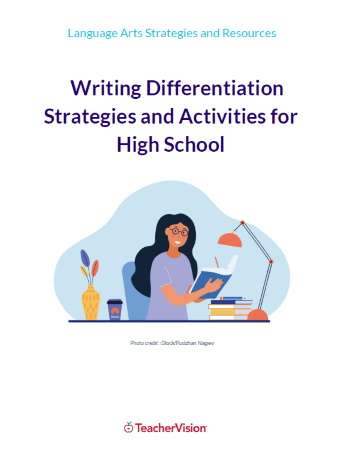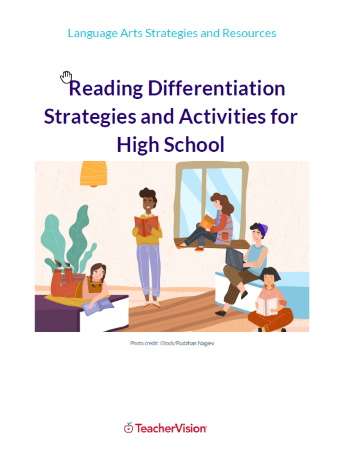Thinking About the First Day of School
The first day of class is the one day in the entire year when students will come home and actually share their impressions of classes and teachers with their families. Your heartfelt hope, no matter how many years you've been teaching, is that more kids leave your class saying, “This is okay. I can handle this,” than muttering, “This really stinks. This is going to be bad!”
Setting First Day Goals
There's a lot you can predict and prepare for during that first class period, a period that is always over sooner than you'd like. This is not the time for lively pro-social bonding, intense conversation, or a high powered learning activity. Students will spend what little time there is fully occupied in four activities:
- Checking out who's in the room
- Checking you out
- Getting a quick impression of what it feels like to sit there for 50 minutes
- Hoping, that armored with a lot of vigilance and a little cool, they will get through this class and six others without self-destructing or being embarrassed in front of their peers.
Having said this, the goals for your first day with students are pretty much the same ones that guide your preparation before the school year begins:
- Do something that makes each student feel welcomed and invited, but not exposed.
- Do something that makes students feel respected as young people, but not at the expense of your own authority and presence as the adult in the room. Kids want to want to feel respected and they want to know you're in charge.
- Do something that sets the tone for what matters in your classroom, but don't overwhelm them with a huge laundry list of rules and expectations.
- Do something that lets students know they've entered a learning environment, not their living rooms, not a basketball court, not the local mall, and surely not a police station.
- Engage students in some practices and procedures that will become daily or weekly routines.
- Do something that communicates organization, purpose, and focus, without being fussy or complicated.
- Do something that encourages high student participation, but with a minimum of noise and physical movement.
- Do something that encourages student voice, but does not sanction silliness or cynicism.
- Do something that's unexpected; the element of surprise goes a long way toward grabbing kids' attention.
- And finally, do at least one thing that shows your humor and your heart.
Your first day of class is your first chance to invite in the state of mind you'd like learners to inhabit everyday. Call it anxious anticipation, relaxed alertness, or hopeful expectation; whatever you name it, you want to do things on the first day that will bring that feeling into the room.
Finding Your Most Effective Teaching Stance for The First Day of Class
Your teaching stance is the combination of attitudes, outlook, and demeanor that you wear most often and most visibly. Your stance communicates "first principles" the things that matter to you the most. It's about how you present yourself to your students, about what you prize and what you want to protect. Some aspects of your teaching stance are like a second skin. Others are harder to come by, requiring time and practice before you can express that aspect of your teaching persona with authenticity and confidence. If you asked your students at the end of the year to write down five words or phrases that they think describe what you stand for, their responses would give you a pretty good sense of whether they took in what you tried to convey in the last nine months.
There isn't a right teaching stance, but there are some wrong ones, especially on the first day of class. The question you need to ask is this: What's the most effective teaching stance that will help you put your best foot forward with a group of young people whom you may have never met?
The dilemma is choosing what to play up and what to tone down on the first day. You do want to respond to students' first day anxieties about what to expect. But you don't want your teaching persona to overwhelm students before they've had a chance to watch, listen, and settle in. Some qualities that you prize most about yourself as a teacher and a learner may need to take a backseat that first week.
Most adolescents are justifiably cautious and a little subdued when they encounter new adults in their lives. They don't want to be caught in a position of giving away too much or appearing too vulnerable, and they're rightly suspicious of adults who want to be up close and personal during a first encounter. What you'll need to be ready for is the one kid who walks in as if he's known everyone, including you, for his entire lifetime. A handy rule of thumb for meeting a group of adolescents for the first time is to avoid extremes. This is the one time when going all out for the middle ground is a good thing. Your first day is about creating the foundation for building the learning community you and your students will become in the next month or so, and your teaching stance should reflect the attitudes, outlook, and demeanor that will help get you there.








